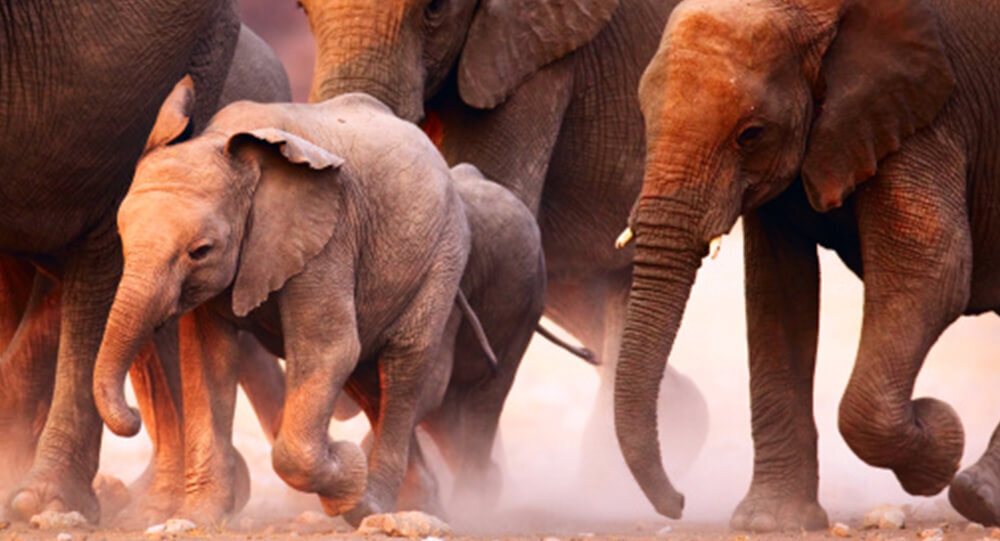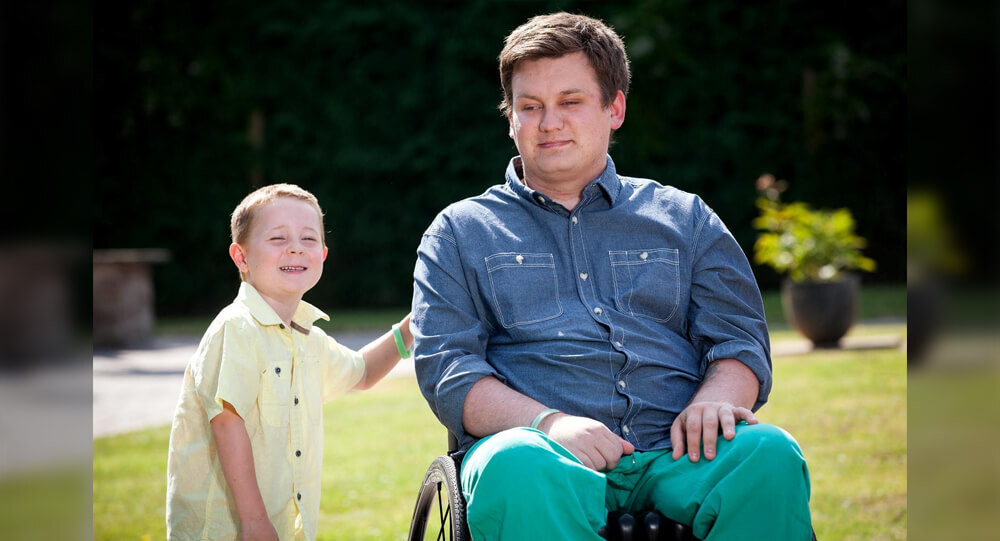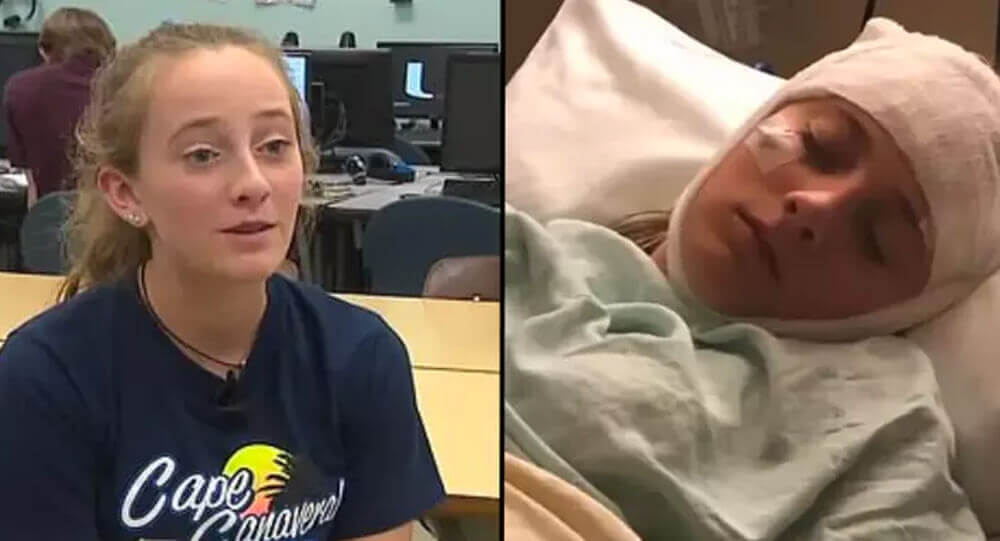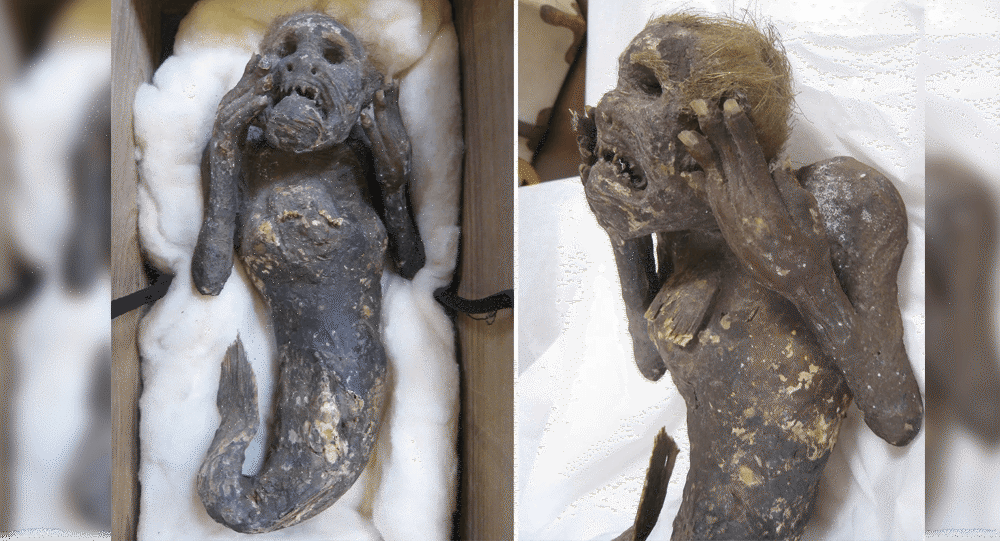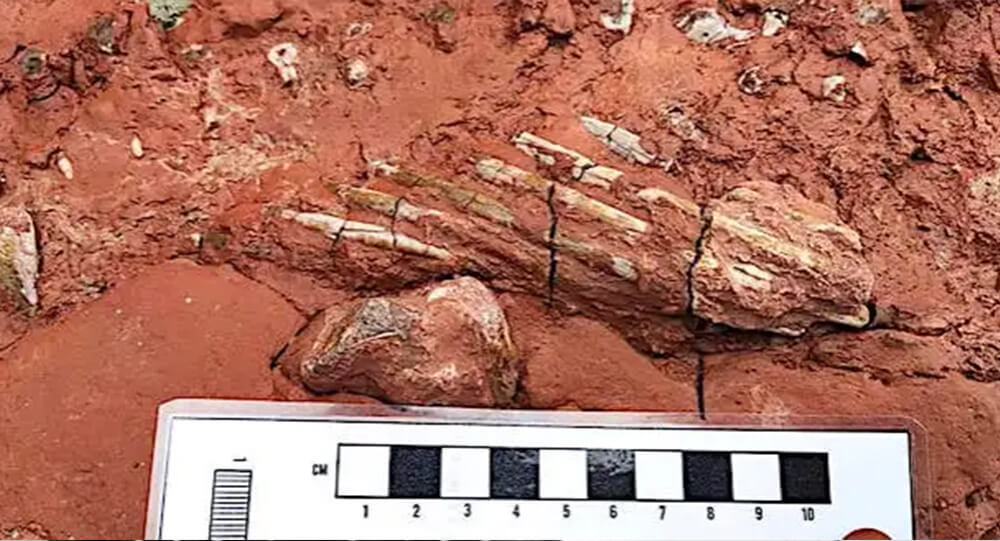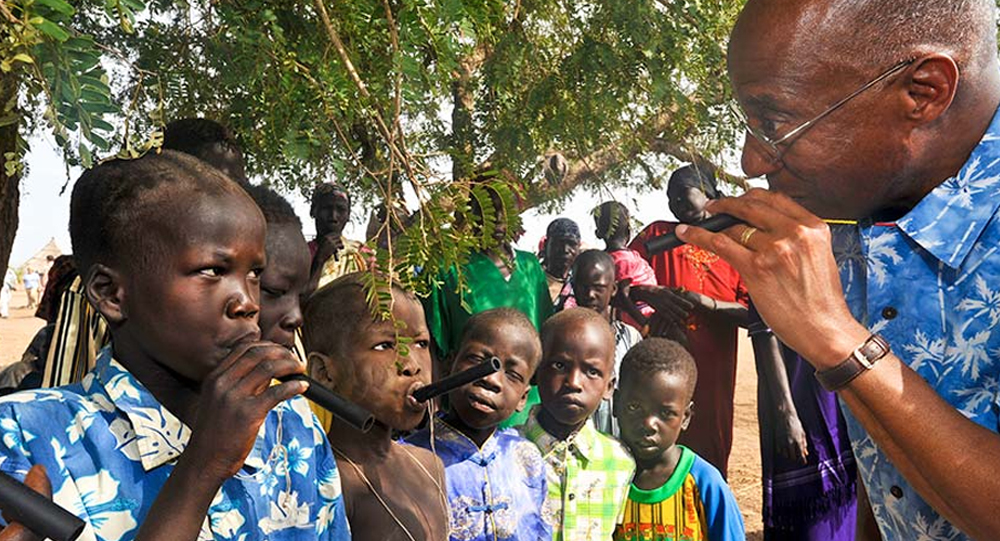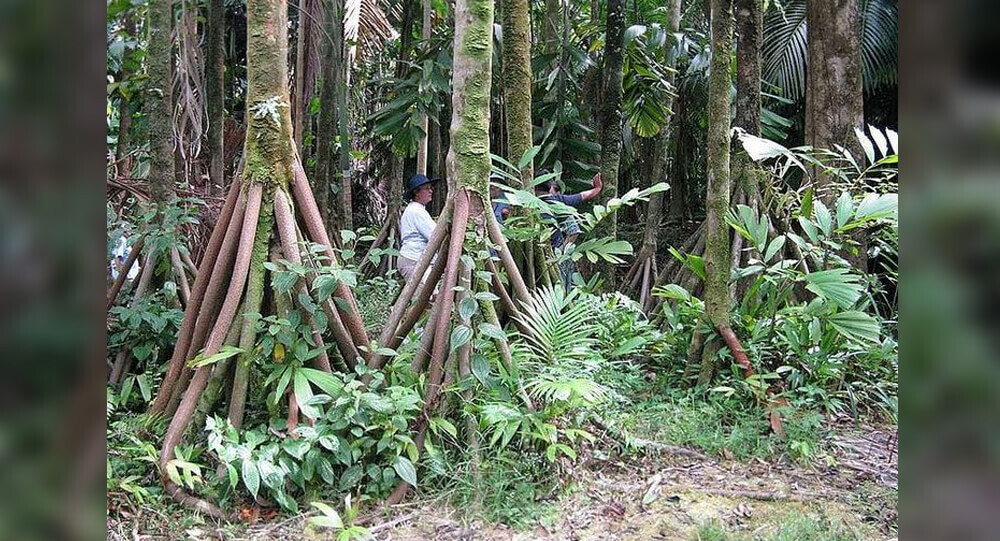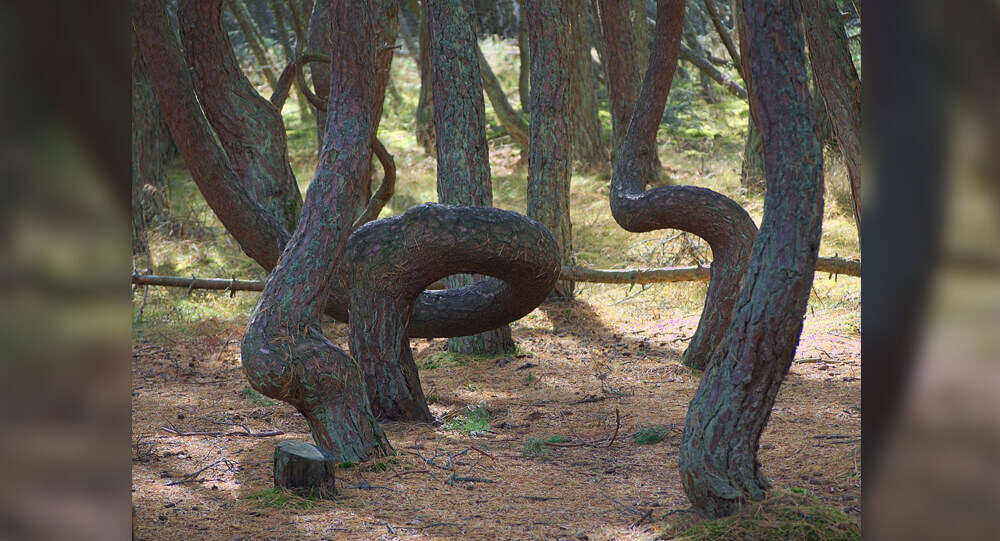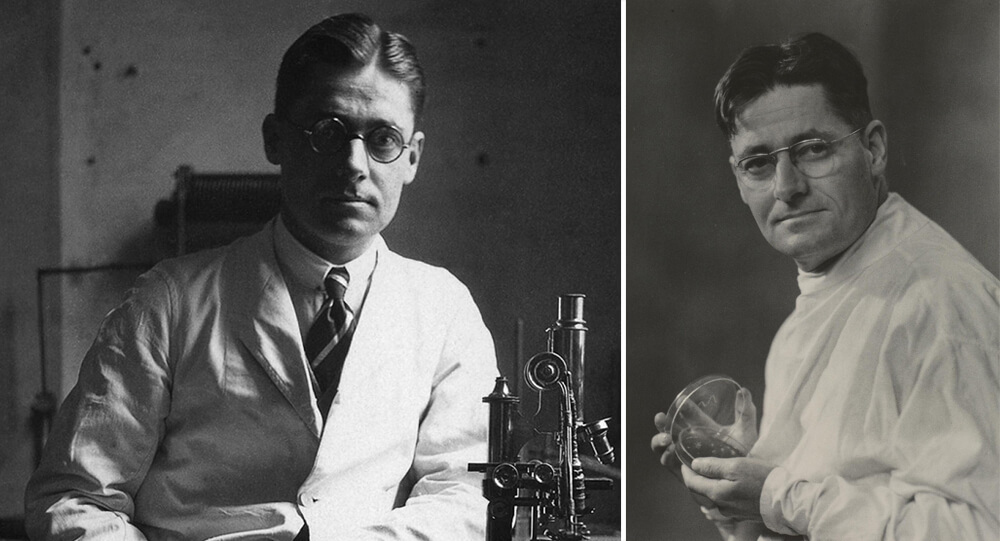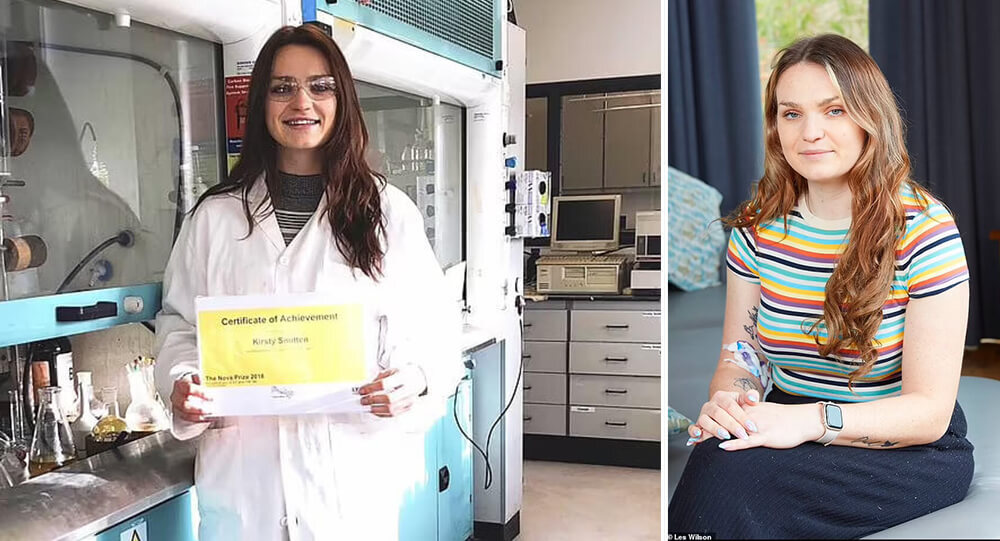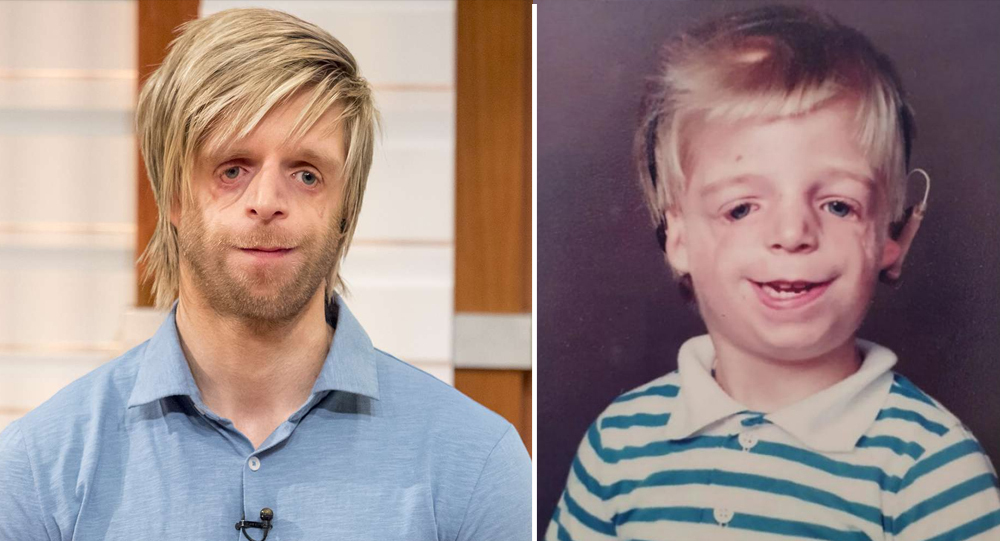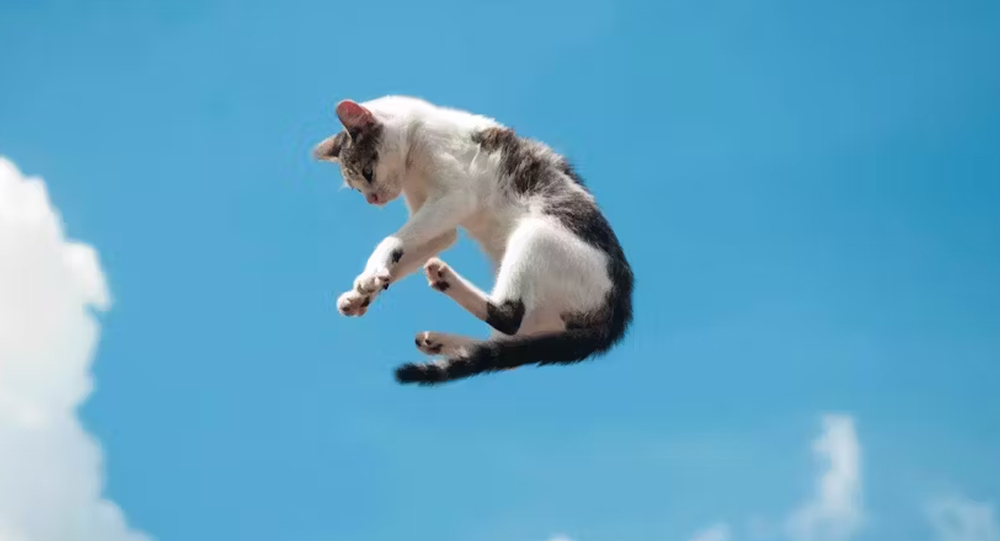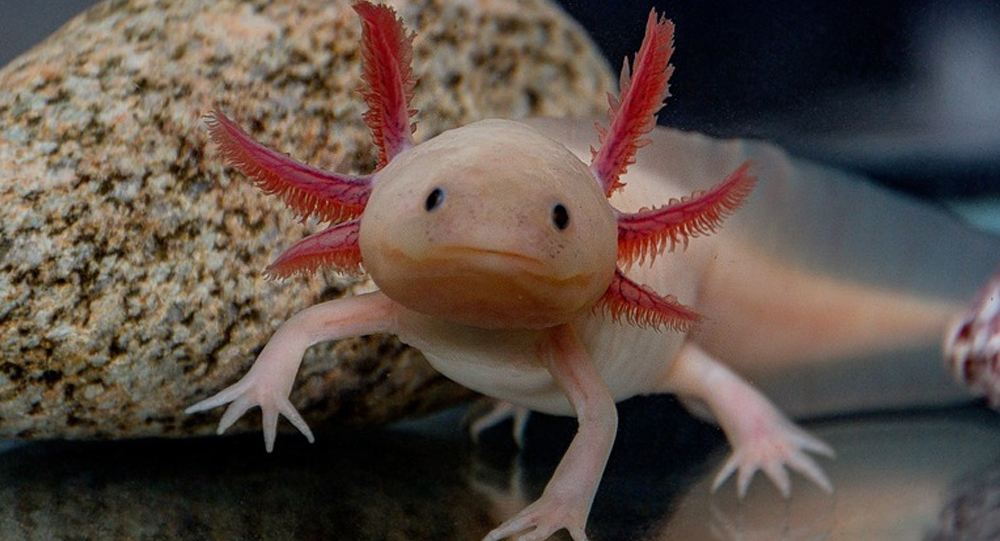

Why Some Animals Can Regenerate Limbs and What Science Says About Human Possibilities
Imagine losing a hand or a leg and being able to grow it back—just like some animals do. It sounds like science fiction, but nature offers real-life examples of limb regeneration that baffle and inspire scientists. From amphibians to sea creatures, diverse species can regrow complex body parts with full function, something humans have only limited ability to do. Let’s embark on a journey to understand how this amazing process works and why unlocking it for humans could revolutionize medicine.
Animals That Grow Back Limbs
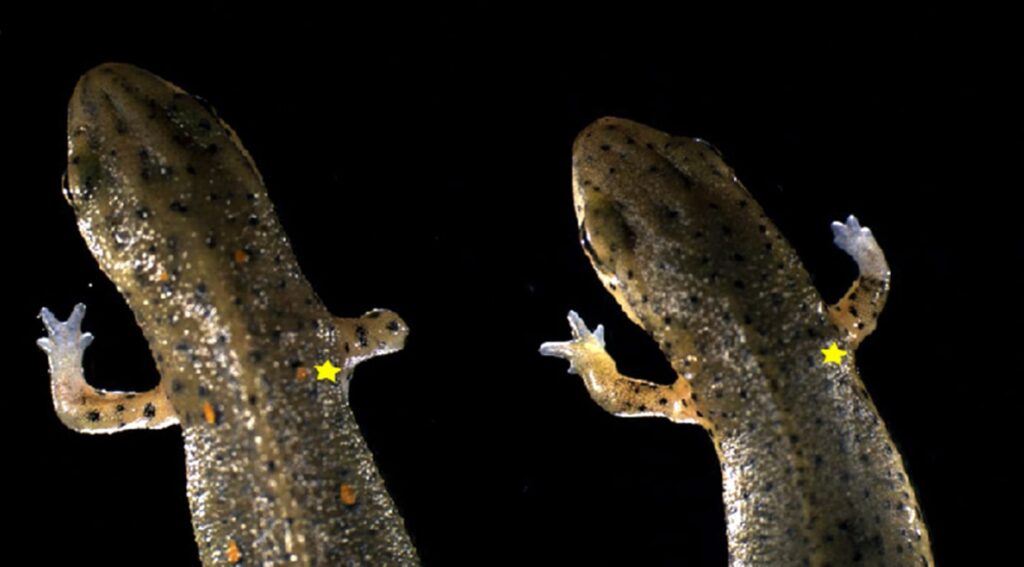
Among the most famous limb regenerators are salamanders—especially the axolotl and newt. When they lose a limb, these amphibians can regenerate muscle, bones, nerves, and skin, perfectly restoring the lost appendage in about 40 to 50 days in juveniles. This regenerative power extends to other organs like the heart and spinal cord, defying what most vertebrates can do.
Sea creatures such as starfish and brittle stars also showcase astonishing abilities: not only regrowing arms, but in some cases, creating an entirely new body from a single lost limb. Lobsters can regenerate claws and antennae, and even sharks continuously replace their teeth throughout life, highlighting varied forms of regeneration in the animal kingdom.
Humans and most mammals, in contrast, generally possess very limited regenerative capacities—restricted mostly to fingertip regrowth or liver regeneration. Understanding why this disparity exists is a vital scientific quest.
How Limb Regeneration Happens
Central to limb regeneration is the formation of a blastema—a mass of specialized cells that arise at the site of injury. After limb amputation, the wound is quickly covered by newly formed skin cells. Underneath, cells “dedifferentiate”—loosely speaking, they revert to a more primitive, stem-like state—and accumulate in the blastema. These cells then proliferate and differentiate, reconstructing the complex tissues of the limb in the correct order and structure.
Genes called HoxA and HoxD, crucial during embryonic limb formation, are reactivated during this process, guiding the precise rebuilding of bones, muscles, nerves, and blood vessels. The regenerated limb will eventually reconnect motor nerves and restore function, with minimal to no scarring—a sharp contrast to typical mammalian wound healing.
Salamanders’ ability to maintain a regenerative environment includes unique molecular signals and minimal immune scarring. For example, macrophages in salamanders clear debris effectively, and removing them causes scarring instead of regeneration. The axolotl also holds high amounts of pre-prepared mRNA, allowing its cells to rapidly produce necessary proteins for regrowth immediately after injury.
Why Humans Can’t Regenerate Full Limbs (Yet)
The human body has genetically retained some—though largely dormant—components of regenerative machinery, but over evolutionary time, mammals lost the ability to regenerate whole limbs, in part due to factors like stronger immune and inflammatory responses that prioritize rapid wound sealing and scar formation.
Unlike salamanders, human cells tend to heal wounds by fibrosis (scar tissue) rather than by generating a blastema capable of regrowth. While finger tip regeneration in children demonstrates some regenerative potential, this ability is extremely limited beyond small digits.
Current research suggests that the genetic “toolkit” for limb regeneration may still exist within human DNA but requires unlocking or reactivation. Scientists are exploring gene regulation, stem cell behavior, and bioelectrical signals that could one day “turn on” regenerative pathways similar to those in amphibians.
Bringing Limb Regeneration Closer to Reality
Research institutions worldwide are studying limb regeneration using animals like axolotls and developing technologies to manipulate human cells. Efforts include:
- Decoding gene regulatory elements that govern regeneration.
- Understanding stem cell populations that facilitate tissue rebuilding.
- Investigating bioelectric signals that control cell growth and patterning.
- Exploring how suppressing immune scarring responses can foster regeneration.
Breakthroughs include creating transgenic axolotls to test gene functions, and mouse models that show partial regeneration under specific conditions. The goal is to translate these findings into therapies that stimulate limb regrowth or improved healing in humans—potentially changing trauma, surgical outcomes, and prosthetics forever.
Fascinating Trivia About Limb Regeneration
- The axolotl can regenerate its limbs, heart, spinal cord, and even parts of its brain, with near-perfect restoration and no scarring.
- Salamander limb regeneration typically takes 40-50 days in juveniles but can be slower in adults.
- Starfish can regenerate an entire body from just one arm if part of the central disc is attached.
- Humans can sometimes regenerate fingertip tips if injured below the nail bed, particularly in children.
- Blastema cells derive from dedifferentiated mature cells, highlighting cellular plasticity—an area of intense biomedical interest.
- Sharks can regenerate teeth continuously; a new tooth replaces a lost one every 7 to 14 days.
- Protein synthesis ramp-up immediately after injury is reversed in humans—an important difference that may explain regenerative failure.
Final Thoughts: The Promise and Challenge of Human Regeneration
Animal limb regeneration reveals a natural marvel—how life can rebuild itself after catastrophic injury. While humans currently lack this capability, ongoing scientific research is steadily uncovering the molecular, genetic, and cellular secrets behind regeneration.
Unlocking full limb regeneration for humans could transform medicine by enabling the regrowth of complex body parts, reducing disability, and improving quality of life. Until then, marveling at nature’s regenerative champions inspires hope for a future where healing has no limits.
If you found exploring the science of limb regeneration fascinating, share this journey of nature’s resilience and humanity’s quest for regeneration.
Sources & Further Reading:
- Regeneration (biology) — Wikipediawikipedia
- Re-growing Limbs, Organs on Horizon — UTMB Healthutmb
- LSU’s Quest to Rediscover Limb Regeneration — LSU Newslsu
- Axolotl Limb Regeneration and Blastema Formation — PMC Articlepmc.ncbi.nlm.nih
- How do Animals Regrow Their Limbs? — Deep Sea Worlddeepseaworld
- Limb Regeneration Research — Brigham and Women’s Hospitalbrighamandwomens
- How Bioelectricity Could Regrow Limbs and Organs — University of Chicago Newsnews.uchicago
- Humans Already Have the Ingredients to Regrow Limbs — Popular Mechanicspopularmechanics

Earthquakes: Can Animals Really Predict Them?
In 1975, when officials in the Chinese city of Haicheng were alarmed by odd and anxious behaviors of dogs and other animals. These observations led them to order 90,000 residents to evacuate the city. Only a few hours later a 7.3 magnitude earthquake destroyed nearly 90% of the city’s buildings.

Man gave his stem cell fund to a disabled boy
Dan Black, who was paralyzed in a bike accident, spent four years raising 20,000 for a stem cell treatment that could let him walk again. However, after learning about a five-year-old boy with cerebral palsy, he donated the funds for the boy's medical treatment in order to enable him to take his first steps.

The extraordinary case of Olivia Farnsworth, who hit by a car and dragged down the street without pain because of chromosome 6 deletion
In 2016, 7-year-old Olivia Farnsworth was hit by a car and dragged down the street, but she did not feel a thing. That is because of a rare condition called “chromosome 6 deletion,” which causes her to feel no pain. She also does not experience hunger or exhaustion.

What makes bananas radioactive?
Yes, It is true that bananas contain radioactive substances. But the same can be said for spinach, potatoes, oranges, Brazil nuts, kitten litter, granite counter tops, even the air you breathe! Radioactivity is unavoidable and all around us. So, what exactly is it?

Woman's transplanted 'man hands' became lighter and more feminine over time
After losing both arms in an accident, an Indian girl received limbs from a male donor. The donor hands, which were formerly huge and hairy, changed skin tone and became thin and feminine over time to mix in with her body.

Woman's memory reset every two hours after traumatic accident
Riley Horner, an Illinois teenager was accidentally kicked in the head. As a result of the injury, her memory resets every two hours, and she wakes up thinking every day is June 11. Riley keeps detailed notes of events happening throughout the day, and sets an alarm on her phone every two hours to remind her to review them. Riley also keeps a calendar in her room to remind her what day it is? As she wakes up every morning confused, thinking it's still June 11.

Henrietta Lacks: Who Was She? Here's how HeLa cells became necessary for medical research
Henrietta Lacks was died in 1951. The tumor that killed her has been alive and growing to this day. The tumor is immortal and was used to progress the Polio vaccine and is the jumping point for most human cell research to this day. Scientists have grown some 20 tons of her cells.

Mystery of 300-year-old mummified mermaid is being probed
There is a 300-year-old mummified mermaid with 30 centimetres tall and features a human-like head, two hands with what appear to be fingernails, and its lower body that look like a fish tail. The “mermaid mummy” is being probed by Japanese scientists in an attempt to unravel the mystery of its existence.

Man discovers he has 3 kidneys after going to doctor for severe back pain
In 2020, a 38-year-old Brazilian man visited his doctor for severe back pain and was shocked to find out that he has three kidneys instead of just two.

Canadian Schoolteacher Discovers a Fossil That May Be 300 Million Years Old
School teacher discovers extremely rare fossil of unknown animal that maybe 300 million years old. One high school teacher was walking her dog when she made a once-in-a-lifetime find. It turns out that the fossil is probably 300 million years old and came from an extinct species of reptile.

The Science Behind Why We Dream and What It Means
Dreams have fascinated humanity for millennia—enigmatic stories that unfold in sleep, weaving memories, emotions, and symbols. Modern science is now unraveling why we dream and exploring what these nightly narratives reveal about our brain, emotions, and waking lives. Journey through the latest discoveries on the science of dreaming and its meaningful reflections in our psyche.

Dr. Donald Hopkins: From Smallpox Eradication to Near-Ending Guinea Worm Disease
Dr. Donald Hopkins helped eradicate Smallpox, and is on the verge of killing another disease. He's taken Guinea Worm Disease down from 3.5 million cases a year to just 28 cases last year.

Dr. Leonid Rogozov: the surgeon who removed his own appendix.
Dr. Leonid Rogozov was a legendary surgeon who operated on himself in 1961 to remove an inflamed appendix.

The “Walking” Palm, tree species can walk up to 65 feet each
This tree species can walk up to 65 feet each year to find the best habitat to live in.

The Unique Grana Double Tree of Piedmont, Italy
The “Grana Double Tree” in Piedmont, Italy is a highly unusual tree, which consists of a cherry tree growing atop a mulberry tree. It is essentially a two-species, two-tiered hybrid duplex.

George Dantzig solved two famous “unsolved” problems in statistics mistakenly as assignment
In 1939, George Dantzig arrived late to his statistics class. On the board were two famous “unsolved” problems in statistics written as an example by his professor. Dantzig mistook the examples for homework assignments. He solved the “unsolved” problems and submitted the homework to his professor a few days later. His solutions earned him a doctorate.

The Mystery of the Dancing Forest: Reasons behind the unusual wonders of forest
The Dancing Forest in Russia is noted for its unusually twisted pine trees. The trunks of these trees are contorted into spirals, rings, and other squiggly loops, but the reason for this malformation is still a mystery.

The story of Lionel the Lion-Faced Man, Stephan Bibrowski
Stephen Bibrowski, also known as Lionel the Lion-faced Man, was a well-known sideshow entertainer. His entire body was covered in long hair, giving him the appearance of a lion; this was most likely due to a rare condition known as hypertrichosis. Lionel traveled to the United States in 1901 and began performing with the Barnum and Bailey Circus.

India's chandrayaan-3 becomes the first landed craft on moon's south pole
India's chandrayaan-3 becomes the first land craft on moon's south pole. It landed safely on August 2023

How Dmitri Mendeleev Developed the periodic table of the elements
1850 Dmitri Mendeleev walked almost a thousand miles to Moscow so he could apply for the University of Moscow. Although he was not accepted, he walked to St. Petersburg where he was accepted, And with that education, he developed the the periodic table of the elements

How did Howard Florey discover penicillin
Penicillin was discovered by Alexander Fleming, but he never attempted to turn it into an antibiotic. It wasn't until ten years later that Howard Florey discovered Fleming's obscure paper and understood the mold's potential. Up to 200 million lives may have been saved as a result of Florey's work.

A 28-year-old scientist could win a Nobel Prize for creating new class of antibiotics
A 28-year-old scientist could receive the Nobel Prize for developing a new class of antibiotics that fight drug-resistant bacteria, but she only has months to live after being diagnosed with incurable heart cancer, and she says "There aren't words to express how sad I feel' about not seeing award."

Inspiring story of Jono Lancaster, Abandoned by His mother at birth for this 'defect' on his face
When Jono Lancaster was just 36 hours old, his parents left him for adoption because he was suffering from Treachers Collins Syndrome, a genetic disorder which hampers facial bones development. Now he is an inspirational speaker, a professional model and a teacher, giving inspiration to millions

The Physics Behind Why Cats Always Land on Their Feet
Cats have an extraordinary survival skill known as the “righting reflex” that allows them to twist midair and land on their feet, even when dropped upside down. This uncanny ability is made possible by their flexible spine, lack of a functional collarbone, and a combination of biological sensors and physical laws governing motion. Astonishingly, kittens develop this reflex as early as three weeks old, mastering the art of graceful landing that defies everyday expectations. This article unravels the science and mystery behind this feline feat.

The Mystery of Canada's Magical Spotted Lake
Lake Khiluk, the world's most mineralized lake, and one of the most mysterious places on Earth. Each of these spots has a distinct chemical content and is said to cure various diseases.

